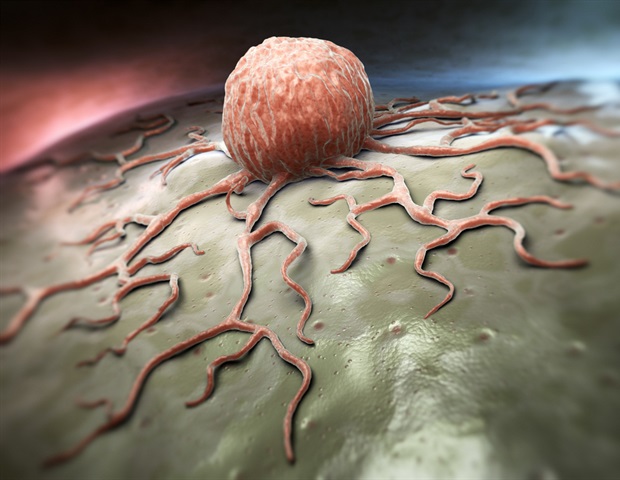A new research paper was published in Oncotarget’s Volume 16 on January 20, 2025, titled “Anti-correlation of KLRG1 and PD-1 expression in human tumor CD8 T cells.”
The study authored by Dr. Steven A. Greenberg from Harvard Medical School has discovered a potential new way to improve cancer treatment by studying two key molecules found in immune cells: KLRG1 and PD-1. Analysis of data from cancer patients and healthy individuals revealed that these molecules work in opposite ways in cancer-fighting cells, suggesting that targeting both at the same time could enhance the effectiveness of cancer immunotherapy.
“Much effort in the field of immuno-oncology has involved the study of combination therapies, including combinations involving blockade of more than one T cell inhibitory receptor.”
The immune system helps fight cancer through specialized cells called T cells. Treatments known as checkpoint inhibitors, which block proteins like PD-1, have been successful in helping these cells attack cancer. However, combining different checkpoint inhibitors has not always provided the expected improvements.
This new research focuses on KLRG1, a lesser-known protein, and its relationship with PD-1. The findings suggest that targeting both markers simultaneously could create a stronger and more effective immune response against cancer. Most existing immunotherapy treatments focus only on blocking PD-1, which is commonly found in “exhausted” T cells that struggle to fight cancer. In contrast, KLRG1 is linked to more active, mature T cells that are better at attacking tumors. By blocking both PD-1 and KLRG1, new treatment strategies could help patients with hard-to-treat cancers, such as lung cancer, melanoma, and colorectal cancer.
KLRG1 has not been widely studied in cancer immunotherapy, but this research highlights its potential to revolutionize treatment strategies. While current combinations of checkpoint inhibitors have shown only limited improvements, using therapies that target both PD-1 and KLRG1 could lead to more significant and long-lasting benefits.
“Whereas much of the T cell inhibitory drug development efforts over the last decade have been focused on combinations of expression-correlated inhibitory receptor targets, the targeting of anti-correlated inhibitory receptors has greater potential to produce supra-additive benefit, and KLRG1 has this distinct property.”
Further studies and clinical trials are needed to explore how combining PD-1 and KLRG1 treatments could benefit different types of cancer. If successful, this strategy could open the door for the creation of new combined immunotherapies.
Source:
Journal reference:
Greenberg, S. A. (2025). Anti-correlation of KLRG1 and PD-1 expression in human tumor CD8 T cells. Oncotarget, 16(1), 1–8.
Source link : News-Medica

